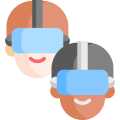imaginX is used by many amazing schools and universities
University / College
The Microcontroller and Embedded Systems module provides virtual environments (e.g., Arduino, Raspberry Pi) where students can design, simulate, and test embedded systems. Through interactive exercises, students learn to interface sensors, actuators, and communication modules, while writing and debugging code to control devices effectively.
University / College
Enhance students' involvement in science by immersing them in interactive learning scenarios. Create simulations for experiments, provide hands-on training in laboratory techniques, and convey theoretical concepts through captivating visual experiences to improve their overall long-term learning outcomes.
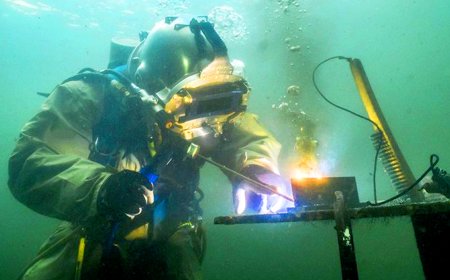
The Underwater Welding Basics Simulation introduces students to the unique challenges faced by underwater welders in industries like marine, oil, and gas. This simulation allows students to virtually practice underwater welding, including the use of specialized equipment and managing visibility and pressure conditions. It also covers safety protocols, dive techniques, and the key differences between wet and dry welding. Students receive real-time feedback on managing electrical current, welding speed, and ensuring the quality of welds in an underwater environment.
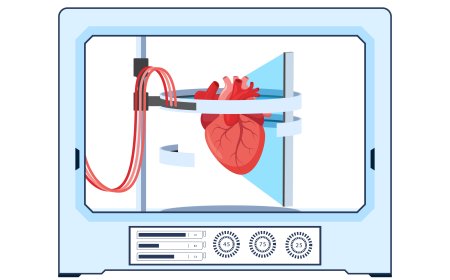
Train students in the design and analysis of cardiovascular devices with a focus on hemodynamics and fluid flow through immersive XR simulations. Students will simulate blood flow dynamics and design key devices like stents, heart valves, pacemakers, and vascular grafts, optimizing performance and minimizing complications.
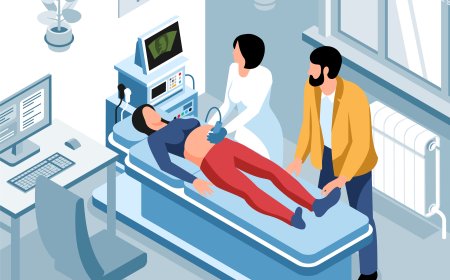
The Emergency Response and Critical Care Simulation module trains nursing students to effectively respond to medical emergencies and provide critical care in high- pressure situations. Through realistic virtual scenarios, students gain hands-on experience in managing critical incidents, ensuring quick and accurate clinical decision- making while adhering to essential emergency protocols.

Explore the principles of rocket propulsion and the dynamics of launch systems through XR-powered simulations. Students engage in virtual rocket labs where they design and analyze rocket engines, simulate propellant flow, and study thrust and trajectory. Interactive scenarios allow students to gain a deeper understanding of staging, ignition sequences, and flight stability during launch, with feedback provided on propulsion efficiency, fuel consumption, and optimization of launch trajectories.

Explore virtual scenarios for installing water-efficient fixtures and designing sustainable plumbing systems such as rainwater harvesting and greywater recycling. Learn how to implement eco-friendly solutions to reduce water usage and environmental impact. Receive feedback on system efficiency and water conservation effectiveness.
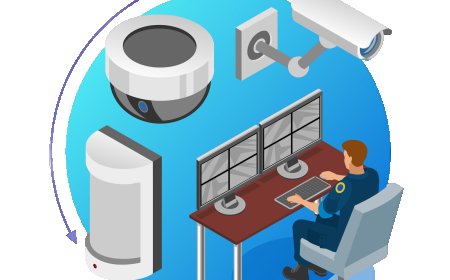
Enhance knowledge and skills related to the operation and management of CCTV systems for surveillance and security purposes through XR-based scenarios.
imaginX seamlessly integrates with leading LMS (Learning Management Systems), enabling educators to track student performance and allowing students to maintain their work records. It is compatible with popular platforms such as Canvas, Blackboard, Moodle, Google Classroom, Schoology, Sakai, Brightspace/D2L, and can also be used independently of an LMS.




